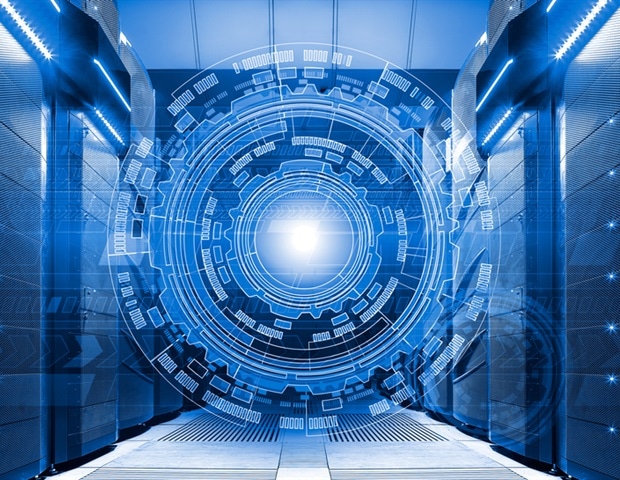A professional illustrator ponders the advent of A.I. art.
In my bedroom, pinned next to a mirror, are a few drawings that my kids made when they were 6 or 7: birthday doodles, strange stick figures, text riddled with cute typos.
There are two parts of the discussion about creativity and A.I. that I consider most urgent. The first is about economics: Will people still be able to make a living making art?
And as that gets harder because of A.I., shouldn’t artists have the right to stop their work from being used to build the systems that destroy their livelihood?
Whether you are a human or a machine, creative work consists of a thousand tiny decisions.
But how does one decide if an element is good, funny, sad, witty or absurd?
A.I. bases its picks on what’s most prevalent in its training data.
What’s more: This data, like art history and visual culture in general, is compromised by a plethora of biases. The current models seem to perpetuate this problem rather than offer remedies.
Even if these issues can be solved, the biggest challenge is that writing an A.I. prompt requires the artist to know what he wants. If only it were that simple.
So what about A.I. as an assistant? As with most artists, there are certain chores that I can’t or won’t do myself, usually because I lack the skill, patience or endurance.
Despite my wariness of A.I., I’ve found some amazing uses for it.
Take Albrecht Altdorfer’s incredible ‘‘The Battle of Alexander at Issus,’’ from 1529.
Many artists (myself included) can spend days, weeks, even months chasing a concept, only to realize, once the final version is done, that there was a flaw in the plan that makes it useless.
Is this a necessary part of the artistic journey? Or just silly masochism that A.I. could make obsolete?
My favorite artwork may be James Turrell’s ‘‘Meeting’’ at MoMA PS1 in Queens. It’s just a hole in the ceiling, but it does something unreal with your brain, your sense of perception.
How can I compete with a creative hyperpower that never gets tired and can produce images with an impact that goes way beyond anything a human being could conceive?
The only consolation is that this situation is not new.
It seems inevitable that a computer chip will generate more awe-inspiring drawings than I do.
My survival as an artist will depend on whether I’ll be able to offer something that A.I. can’t: drawings that are as powerful as a birthday doodle from a child.








 English (US) ·
English (US) ·